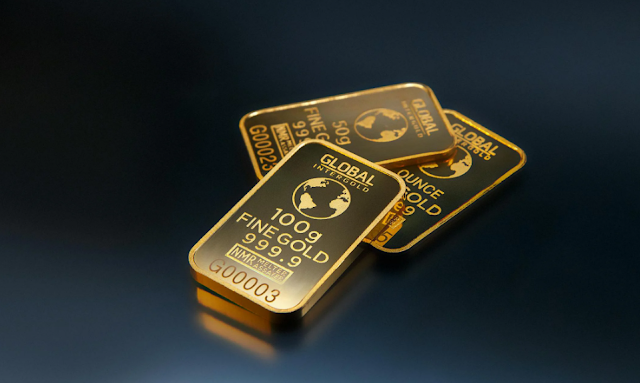Gold
Today, I want to dive into the fascinating world of global gold reserves. Gold isn’t just a shiny metal—it plays a crucial role in a country’s economic stability and international trade. Using the latest data, I’ll break down the top 40 countries by gold reserves and explore why the United States holds the top spot.
Top 40 Countries by Gold Reserves (in Tonnes)
Rank |
Country |
Gold Reserves (Tonnes) |
1 |
USA |
8,133 |
2 |
Germany |
3,352 |
3 |
Italy |
2,452 |
4 |
France |
2,437 |
5 |
Russia |
2,336 |
6 |
China |
2,280 |
7 |
Switzerland |
1,040 |
8 |
India |
876 |
9 |
Japan |
846 |
10 |
Turkey |
615 |
Why Does the U.S. Rank First in Gold Reserves?
The United States leads the world with a staggering 8,133 tonnes of gold reserves, far ahead of Germany (3,352 tonnes) in second place. So, what’s behind this massive gap?
1. Historical Factors
The Gold Standard and the Great Depression: In the early 20th century, the U.S. operated under the gold standard, amassing large amounts of gold. During the Great Depression in the 1930s, the U.S. government banned private gold ownership and confiscated gold from citizens, significantly boosting its reserves (Gold Reserve Act of 1934).
The Bretton Woods System: After World War II, the U.S. established the Bretton Woods system in 1944, pegging the dollar to gold and making it the backbone of international trade. Many countries transferred their gold to the U.S. for safekeeping, further increasing its reserves.
2. Economic Factors
The World’s Largest Economy: The U.S. boasts the largest economy in the world, and the dollar serves as the global reserve currency. Gold acts as a hedge against economic uncertainty, and the U.S. maintains large reserves to support the dollar’s credibility.
Stable Asset Management: Unlike some countries that buy or sell gold based on economic conditions, the U.S. has consistently held onto its reserves. For example, many European nations sold off gold in the 1990s and 2000s, while countries like Russia and China have been increasing their reserves more recently—but they still haven’t caught up to the U.S.
3. Geopolitical Factors
A Safe Haven for Gold: The U.S. is geopolitically stable and stores its gold in secure locations like Fort Knox. This reliability has made it a preferred place for other nations to store their gold as well.
Global Influence: The U.S. wields significant influence in international organizations like the IMF and World Bank, using its gold reserves to reinforce its economic leadership.
What Gold Reserves Tell Us
Gold reserves aren’t just numbers—they reflect a country’s economic stability and global credibility. Nations with large gold reserves, like the U.S., can use them to defend their economy during crises or currency fluctuations. On the other hand, countries with smaller reserves may be more vulnerable to economic uncertainty.
South Korea, for instance, ranks 38th with 104 tonnes, which is relatively low given its economic size. With countries like Russia and China actively increasing their gold reserves, it might be worth considering whether South Korea should rethink its gold strategy for long-term stability.
Wrapping Up
Today, we explored global gold reserves and uncovered why the U.S. holds the top spot. Gold isn’t just a shiny asset—it’s a window into a country’s economic and historical story. What are your thoughts on gold reserves? I’d love to hear your opinions in the comments! 😊




